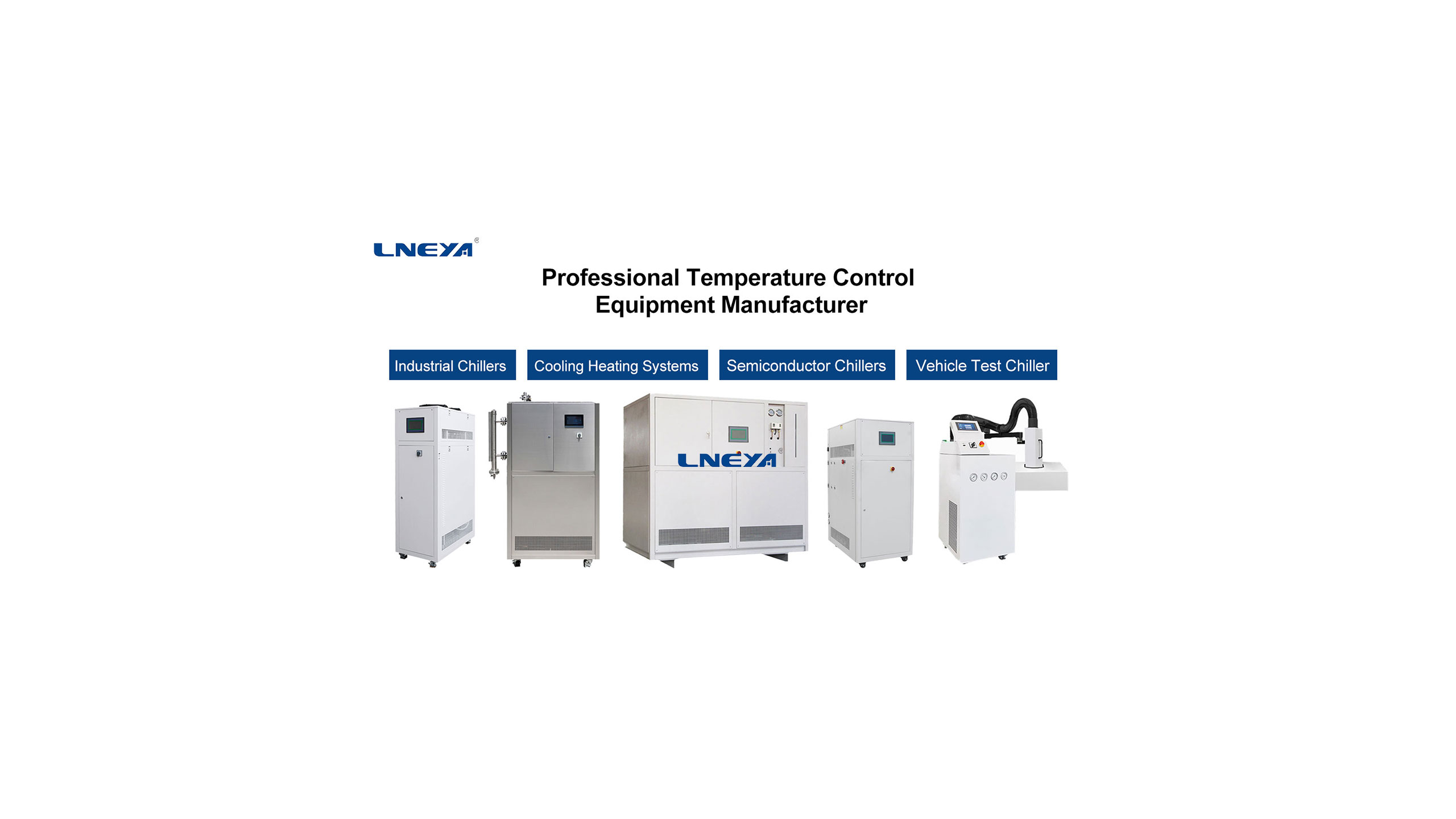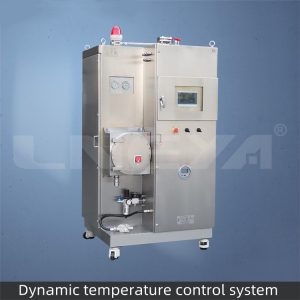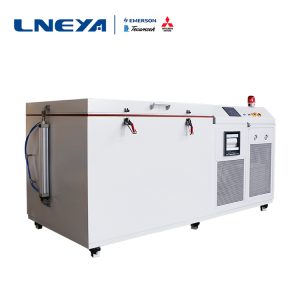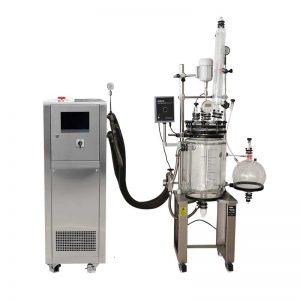なぜエナメル・リアクターの使用は危険なのか?

The enamel layer of the enamel reaction kettle is easy to burst when it is cold and hot. Because the enamel layer is sintered on the surface of the enamel reaction kettle, and the enamel layer will melt when it exceeds 200 degrees Celsius, so the temperature of the material in the kettle is not allowed to exceed 200 degrees Celsius, so the enamel kettle has a temperature resistance limit of 200 degrees Celsius, and the temperature resistance rapidly becomes cold. Shock <110℃, thermal shock <120℃. For example, the reaction temperature of the enamel reaction kettle is 160 °C, and the jacket of the reaction kettle is passed through the steam of 6-7 kg pressure. At this time, it is suddenly switched to the cooling water of 10 °C. The temperature difference exceeds 150 °C, the temperature difference is too large, and the enamel reaction kettle is very Easy to burst. This is the time to need a heating circulator, first use 80°C water to cool the material to about 100°C, and then switch to 10°C cooling water, which can greatly increase the service life of the enamel reactor. When the material is fed, the temperature difference between the material temperature and the kettle body temperature is too large, and the steam is too strong when heating, and the cooling is too rapid, which can also cause the porcelain to explode.
Typical applications of SUNDI series of LNEYA refrigeration and heating temperature control systems: dynamic constant temperature control of cold and heat sources such as high pressure reactors, double-layer glass reactors, enamel reactors, etc., constant temperature control of cold and heat sources of microchannel reactors; small constant temperature control systems, distillation systems temperature control, etc. High temperature cooling technology can directly cool down from 300 °C [because only the heat transfer medium in the expansion chamber is in contact with oxygen in the air (and the temperature of the expansion tank is between room temperature and 60 degrees), it can reduce the heat transfer medium being oxidized and reduced. Risk of absorbing moisture from the air.
関連推奨品
-
-
原子炉温度制御システムの設置方法と使用方法は?
1076原子炉温度制御システムを購入後、多くのユーザーが設置工事に取り掛かろうとしています。設置時に注意すべきことは何ですか?反応器温度制御システムの反応釜を設置する時、必要なことは...
詳細を見る -
大型産業用冷蔵庫蒸発器取扱説明書
1190無錫莞亜LNEYA大型産業用冷蔵庫の運転プロセスでは、部品数が多く複雑なため、大型産業用冷蔵庫の部品の動作を理解する必要がある。蒸発器は大型工業用冷蔵庫の主要な部品の一つである。
詳細を見る -
暖房・冷房用サーキュレーターの選択に関する要因は何ですか?
975加熱・冷凍サーキュレーターは、多くの実験室プロジェクトで使用されている。それらは通常、冷却、加熱、温度制御のための反応器やリアクターを備えている。では、どのような要因が加熱・冷却装置の選択に関係しているのでしょうか。
詳細を見る
 LNEYA工業用冷凍機 メーカー サプライヤー
LNEYA工業用冷凍機 メーカー サプライヤー













